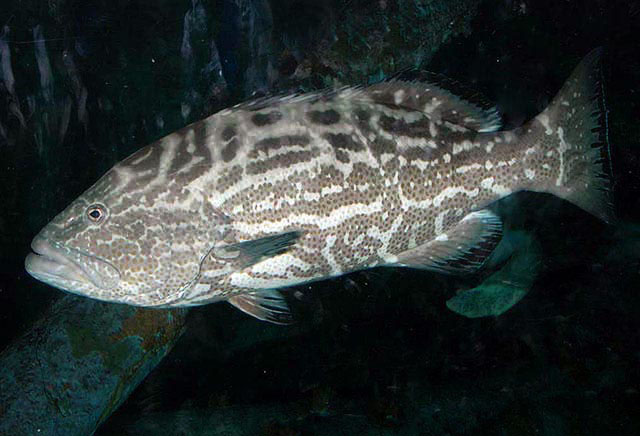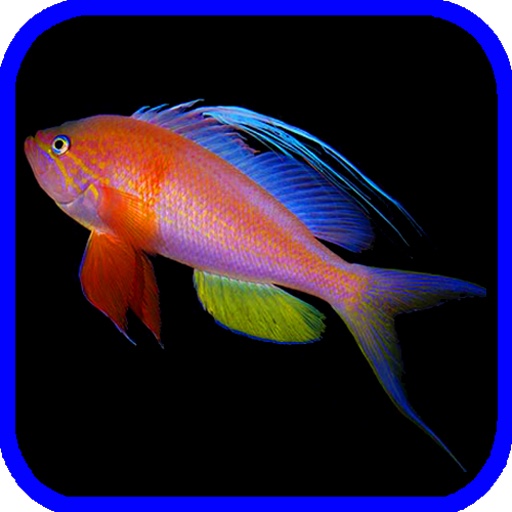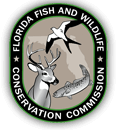Black Grouper
| Life History Parameters | Value |
|---|---|
| Maximum weight (kg) | 163 |
| Maximum age (year) | 33 |
| Age at length 0 (year) | -0.903 |
| Age at Maturity (months) | 78 |
| Maximum Length (cm) | 150 |
| Length at Maturity (cm) | 86 |
| Linf. Asymptotic Length (cm) | 133.4 |
| K - von Bertalanffy growth coefficient | 0.14 |
| Natural Mortality | 0.14 |
| Jan | Feb | Mar | Apr | - | - | - | - | - | - | - | Dec |
Habitat and Distribution
This species occurs in the western Atlantic from Bermuda to Brazil, including the Gulf of Mexico and the Caribbean. Adults are found on rocky and coral reefs, and juveniles occur in mangroves.
Spawning season in the Gulf of Mexico
The spawning season for this species varies among regions and reports. The most common spawning season is from December to April with peak spawning from January to March. In the southern GOM, spawning has been reported to occur from December through March with a January-February peak and some spawning occurring in May to July. In Cuba, spawning occurs from January through March, peaking in February and March. Spawning occurs in January and February in the Florida Keys. In other areas of Florida, spawning reported during all months except September and with a peak from December to March.
Spawning Patterns
Black grouper form transient spawning aggregations of tens to hundreds of fish over reef promontories at the shelf edge that are highly predictable in time and space. However, some individuals reside at the spawning site year round. Aggregations begin to form on the full moon, with spawning typically commencing 10 to 12 days later. Courtship occurs in pairs to small groups of up to 5 fish, with courtship activity peaking during or minutes after sunset. Black grouper are broadcast spawners with external fertilization.
Fishing Patterns in Relation to Spawning
Commercial landings are fairly cosistent throughout the year, but there is a slight decline during the peak spawning season (January to March). However, in the last few years (2012-2015), landings during spawning months have been greater than during non-spawning months. Recreational landings follow a similar pattern to commercial landings, but in 2012-2015, landings during non-spawning months were greater than during spawning months.
Management of Spawning Aggregations
The commercial fishery is managed under the IFQ program and there are no seasonal closures. Net and spearing gear are prohibited in federal waters for the commercial fishery. The recreational fishery in both federal and state waters is managed by a daily catch limit of 4 that must fit within a total catch limit of 4 similar groupers. The recreational fishery is closed Feb. 1 - Mar. 31 beyond 20 fathoms. The recreational closure only partially overlaps with peak spawning. Madison Swanson, Steamboat Lumps and the Edges are closed year round. The minimum size is 24" TL for commercial and recreational.




